In the winter of the year Nhâm Tuất (1802), King Gia Long's royal carriage returned from Thăng Long to Phú Xuân and organized the Hiến Phù ceremony, "to the fullest extent of the law to punish" the Tây Sơn kings and officials.
After the situation had temporarily stabilized, on May 2nd of the year Nhâm Tuất (June 12th, 1802), Prince Nguyễn Phúc Ánh ascended the throne, taking the reign name Gia Long, the first year, in the capital city of Phú Xuân, and then led a large army north to defeat the Tây Sơn king.
On June 23, Nham Tuat year (1802), King Gia Long entered Thang Long citadel and a few months later captured Tay Son king Nguyen Quang Toan in Phuong Nhan forest, then brought him to Phu Xuan to hold the Hien Phu ceremony.
The Đại Nam thực lục chính biên records: “In November, the year of Nhâm Tuất (1802), a ceremony was held to announce military achievements. On the day of Quý Dậu (6th day of the 11th lunar month, corresponding to November 30, 1802), offerings were made to heaven, earth, and gods. On the day of Giáp Tuất (7th day of the 11th lunar month, corresponding to December 1, 1802), offerings were made at the Thái Miếu temple... Nguyễn Văn Khiêm, the commander of the Túc Trực garrison, and Nguyễn Đăng Hựu, the deputy minister of the Ministry of Justice, escorted Nguyễn Quang Toản and his brothers Quang Duy, Quang Thiệu, and Quang Bàn outside the city gate to be executed by dismemberment by five elephants (using five elephants tied to the head, two hands, and two feet, then letting the elephants tear them apart – this was a form of extreme torture). The remains of Nguyễn Văn Nhạc and Nguyễn Văn Huệ were crushed and thrown away, while the skulls of Nhạc, Huệ, Toản, and the wooden coffins of Huệ and his wife were imprisoned in the Nhà đồ ngoại (in the 2nd year of Minh Mệnh, they were transferred to a prison for permanent confinement). As for the others... "The party members like Tran Quang Dieu and Vo Van Dung were all punished severely, their heads displayed for everyone to see."
Legend has it that the square where the Offering Ceremony was held was located in front of the ancestral temple of King Dung Triet, west of Phu Xuan citadel. This area later housed the Royal Family Office, the Imperial Observatory, the Ministry of Education, and a part of Bao Vien Park, which was later renamed Nguyen Van Troi Park (in Hue City) today.
To no longer have happiness
King Gia Long's revenge against the Tay Son dynasty and his imprisonment of the three kings' ceremonial canopies in a dungeon is explained and described in a letter by the missionary Bissachèrre, as follows:
“I will begin with the events concerning the young Tây Sơn king. First, they forced him to witness a heartbreaking scene. The remains of his parents, who had died ten or twelve years earlier, along with the remains of his close relatives, were exhumed. They arranged the bones of Quang Trung, his father, and his mother… then, according to the outward custom, they beheaded them as a humiliation, and especially to ensure that the bones would no longer bring good fortune to their descendants, according to the superstitious beliefs of the people. Then all the bones were placed in a large basket for soldiers to urinate on. Afterward, they ground the bones into powder and put it in another basket placed before the young Tây Sơn king to cause him suffering.”
At that time, a rather elaborate feast was prepared for the king, according to the local custom for those about to be executed. The king's younger brother (Quang Thieu), being more courageous than the king, rebuked him for eating, and because the food served on the table had characteristics that showed respect for the king's position, he said: "We have plenty of our own tables, why do we need to eat from a hired table?"








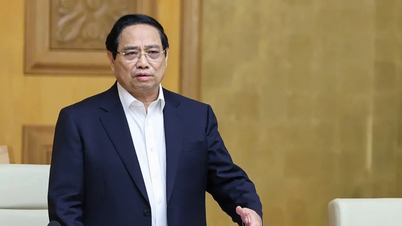

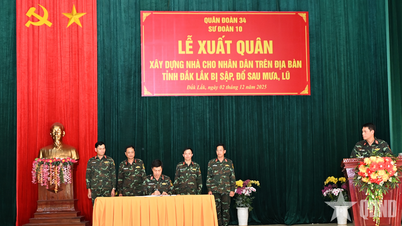

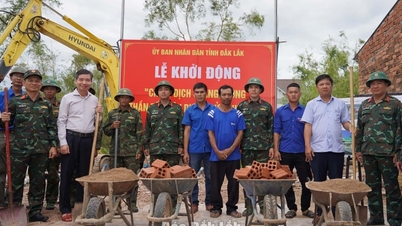

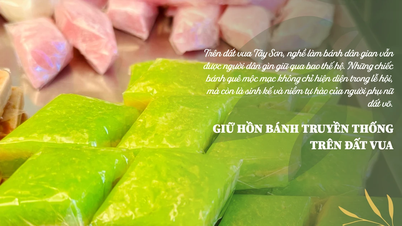



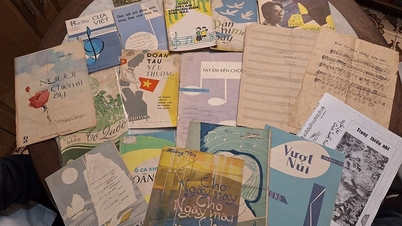

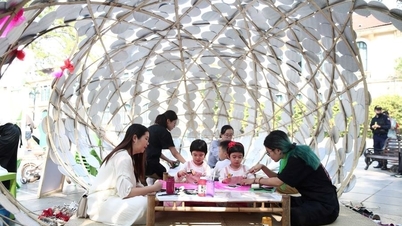
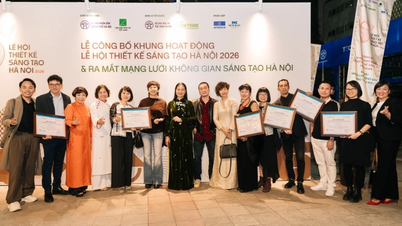

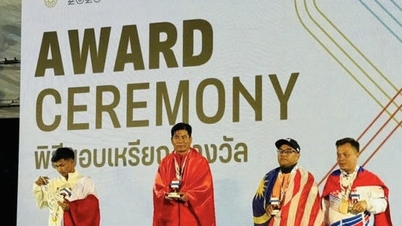

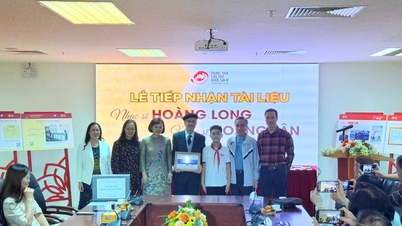






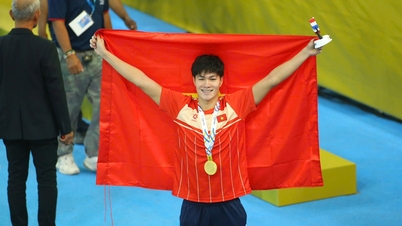

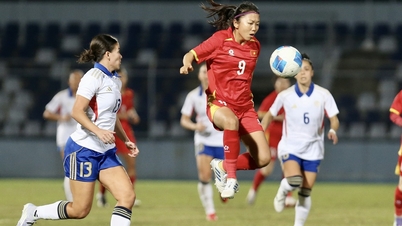

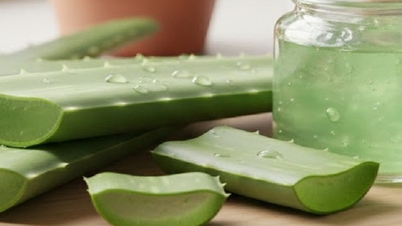
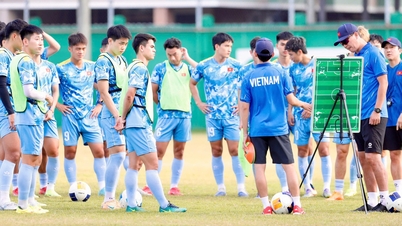



![[Video] The craft of making Dong Ho folk paintings has been inscribed by UNESCO on the List of Crafts in Need of Urgent Safeguarding.](https://vphoto.vietnam.vn/thumb/402x226/vietnam/resource/IMAGE/2025/12/10/1765350246533_tranh-dong-ho-734-jpg.webp)
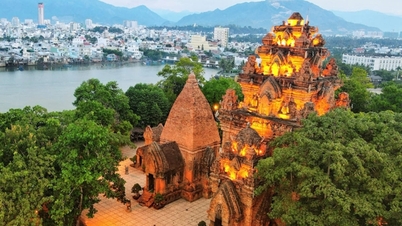



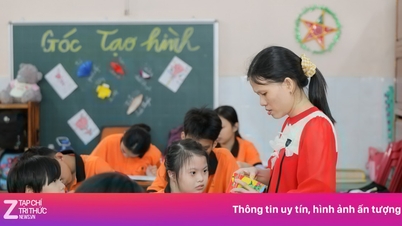

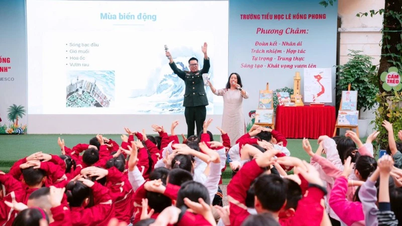


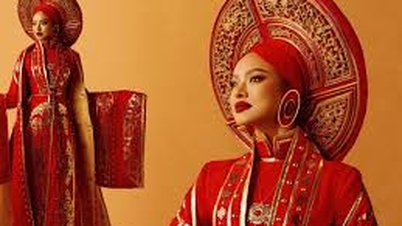

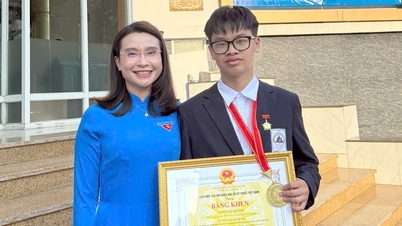

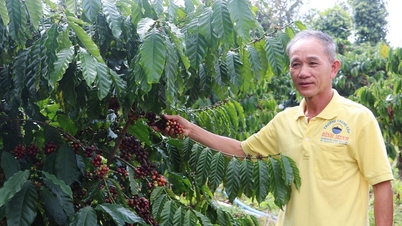
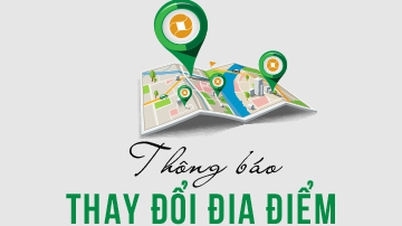
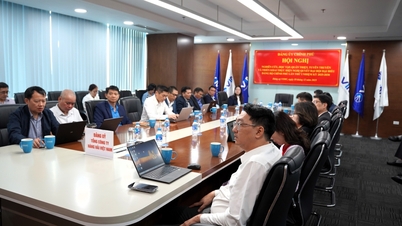













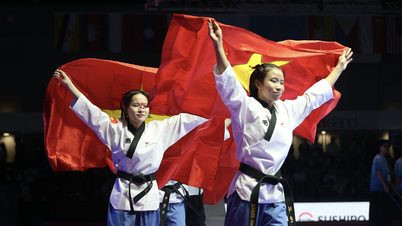

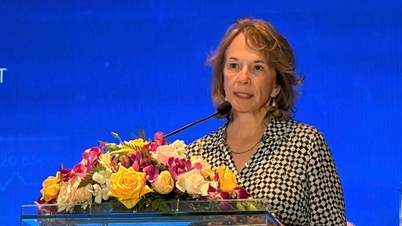
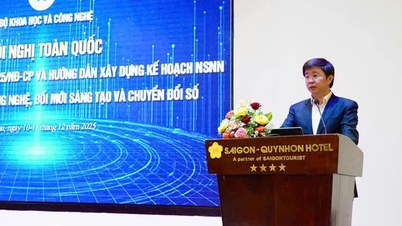

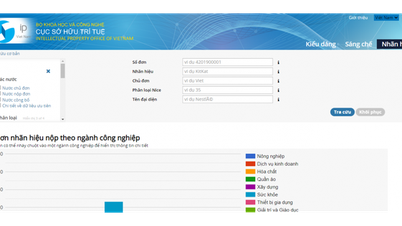
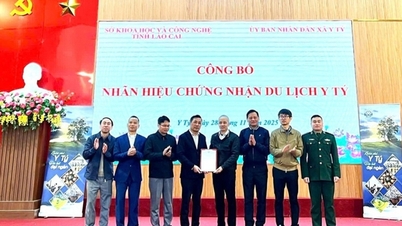
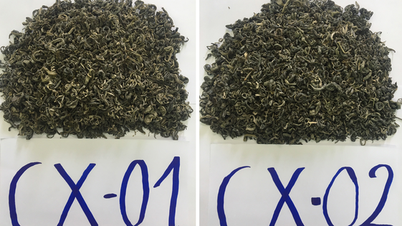
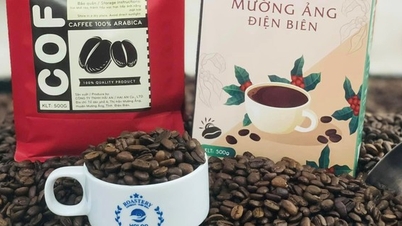
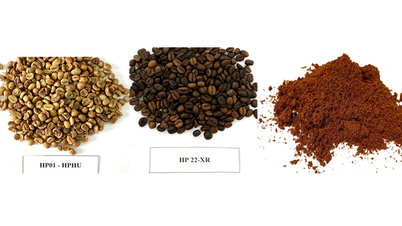
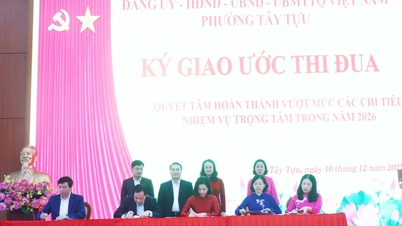
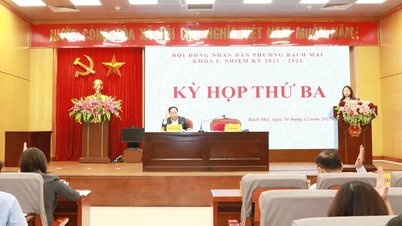
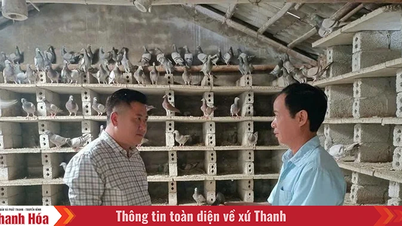

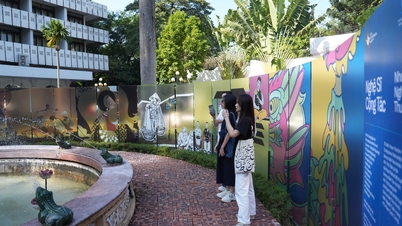

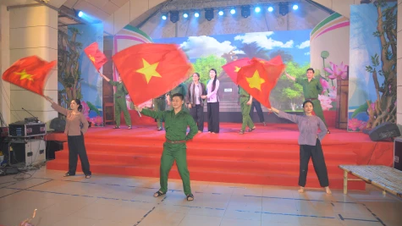

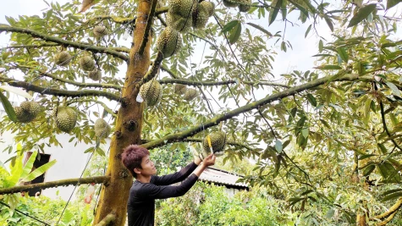










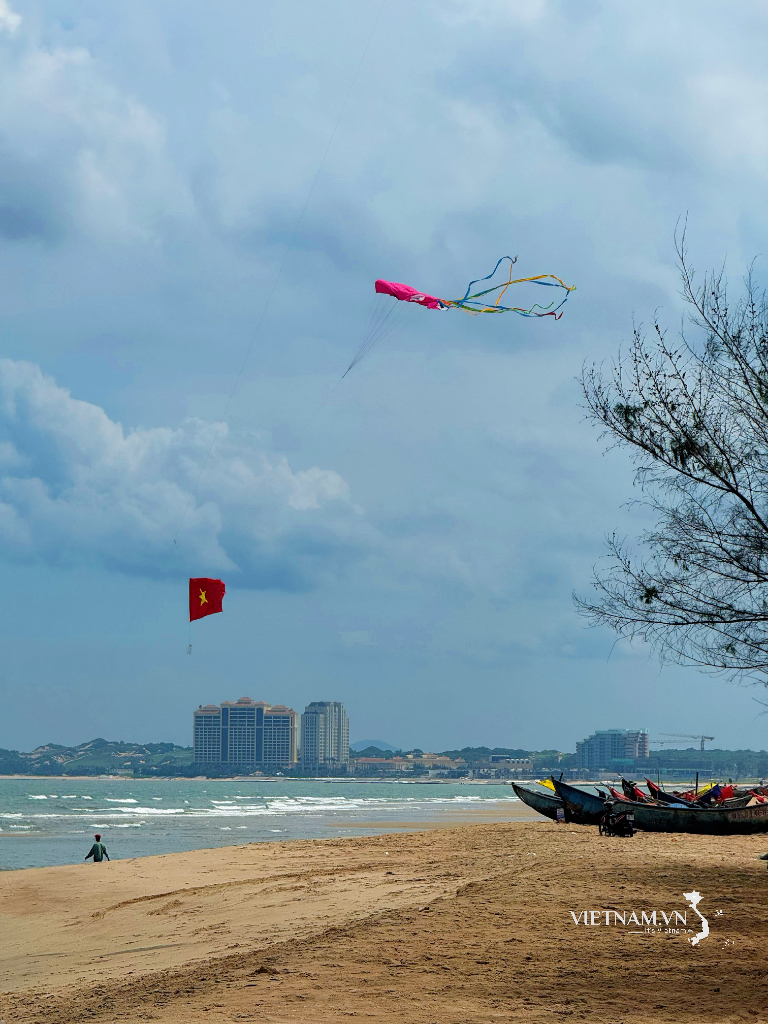







Comment (0)